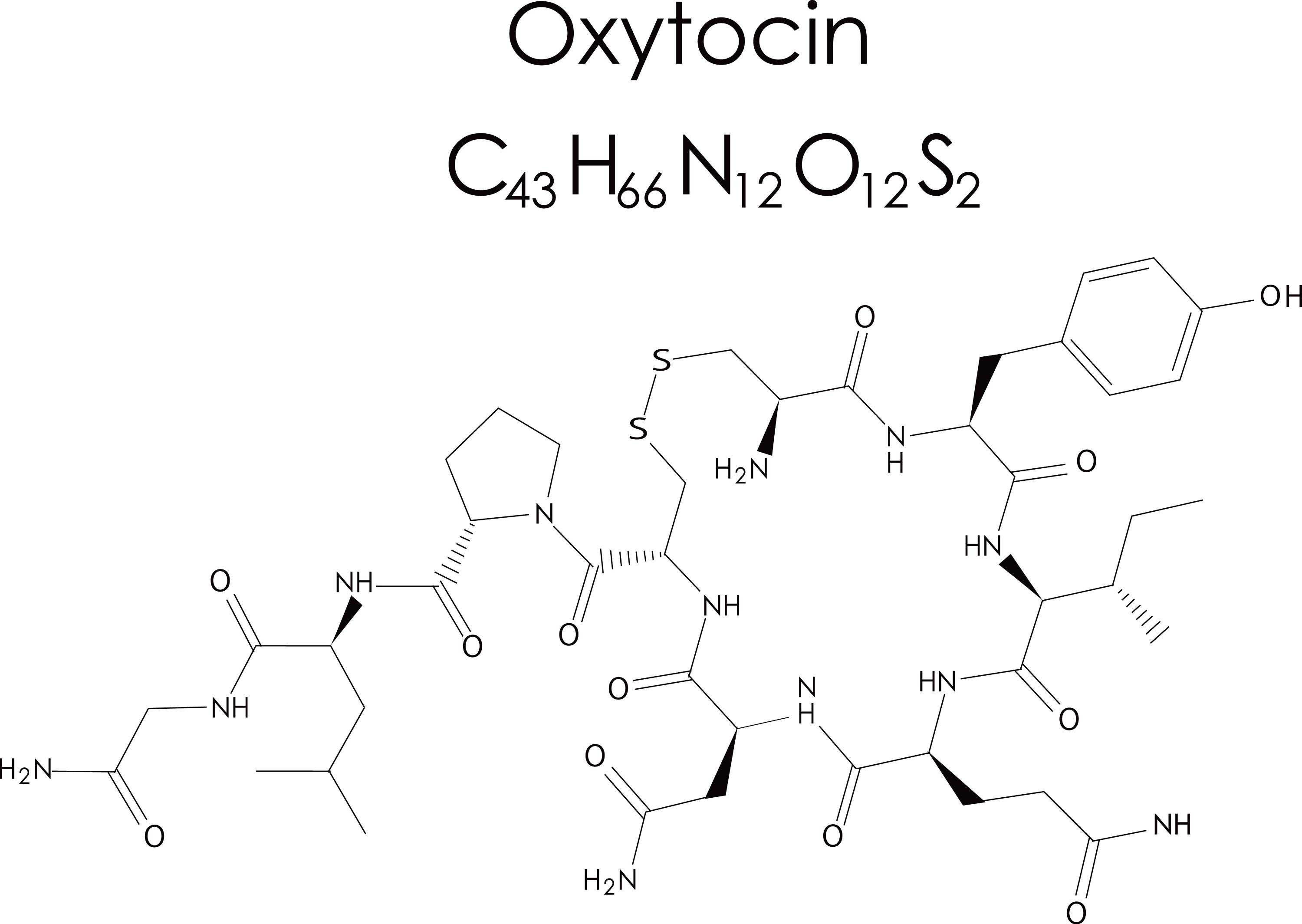They offered unprecedented insights into its implications for learning and memory. “Previously we had suggested that oxytocin may be a new therapeutic candidate for dementia based on studies using a mouse model of Alzheimer’s disease. To investigate this further, in this study, we examined the role of endogenous OXT in mouse cognitive function. This was done by using pharmacogenetic techniques to specifically activate OXT neurons in specific brain regions. The cognitive function of mice was then evaluated using the Novel Object Recognition Task (NORT),” explains Prof. Saitoh.
The research emphasizes the significant role of OXT in regulating social memory, as deficiency in either OXT or its receptors has been linked to aberrant social memory in mice. This groundbreaking study, however, shifts the focus to the role of endogenous OXTergic projections in learning and memory, particularly within the supramammillary nucleus (SuM).
To identify the neurons that are responsible for OXT’s effect on memory, the researchers visualized slices of the mouse brain after specifically activating OXT neurons in the paraventricular hypothalamic nucleus (PVN), observing positive signals in the PVN and its projections to the SuM. Additional validation of OXTergic neuron activation was confirmed through increased c-Fos positive cells (indicating neuron activation) in the PVN after administering clozapine N-oxide (used to activate the neurons).
Further, the study focused on the impact of OXTergic neuron activation on learning and memory using the Y-maze and NORT. Surprisingly, no changes were observed in short-term spatial memory in the Y-maze test. However, the activation of OXTergic neurons significantly boosted long-term object recognition memory in the NORT. Intriguingly, an increased number of c-Fos positive neurons in SuM and the dentate gyrus (a region within the brain’s hippocampus) after NORT indicated the involvement of OXTergic neurons in maintaining long-term memory through these regions. Additionally, the team employed selective activation of OXTergic axons in SuM, resulting in mice spending more time exploring novel objects, suggesting a direct modulation of object recognition memory by OXTergic axons projecting from PVN to SuM.
This study, for the first time, reveals the involvement of OXT in object recognition memory through the SuM. It suggests potential implications for understanding the role of physiological OXT in Alzheimer’s disease and highlights the involvement of OXTergic projections in modulating recognition memory. “There is a widely acknowledged belief that dementia tends to advance more rapidly in settings where individuals experience loneliness or limited social engagement. However, the scientific underpinnings of this phenomenon have remained largely elusive. Our research seeks to elucidate the crucial role of a stimulating environment that activates oxytocin in the brain, potentially mitigating the progression of dementia,” explains Prof. Saitoh. The ongoing exploration of this field is anticipated to pave the way for innovative treatments and pharmaceutical interventions aimed at halting the advancement of dementia.
As with anything you read on the internet, this article should not be construed as medical advice; please talk to your doctor or primary care provider before changing your wellness routine. This article is not intended to provide a medical diagnosis, recommendation, treatment, or endorsement. These statements have not been evaluated by the Food and Drug Administration.
Content may be edited for style and length.
References/Sources/Materials provided by:
This article was written at the Tokyo University of Science
https://www.tus.ac.jp/en/mediarelations/archive/20240208_0945.html




